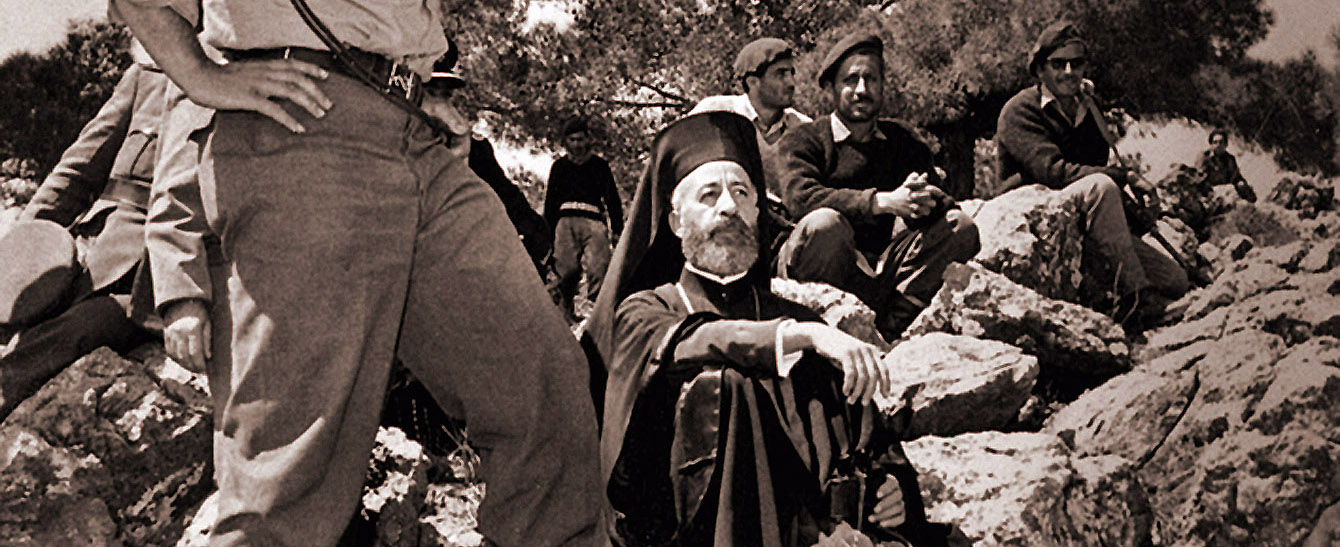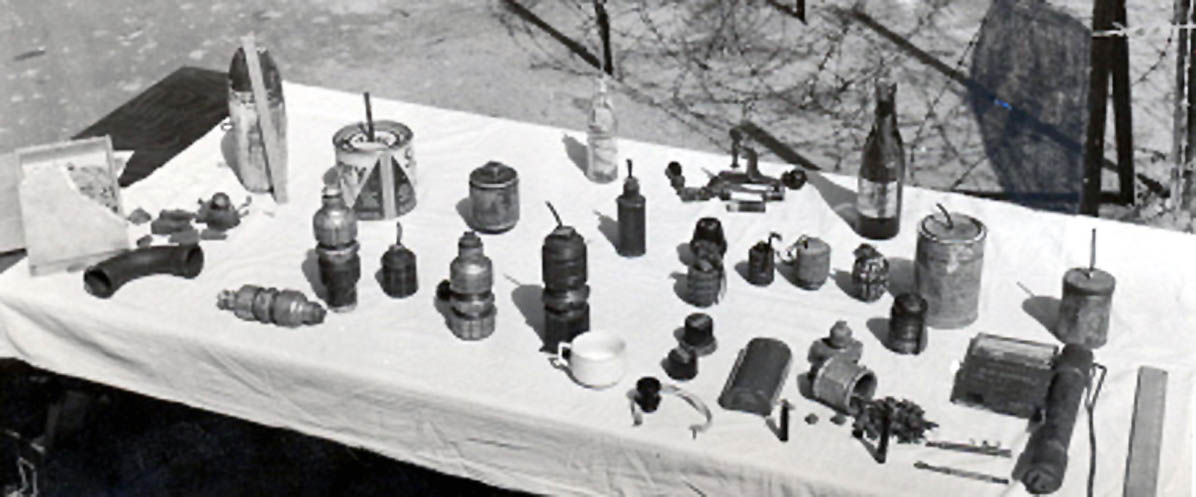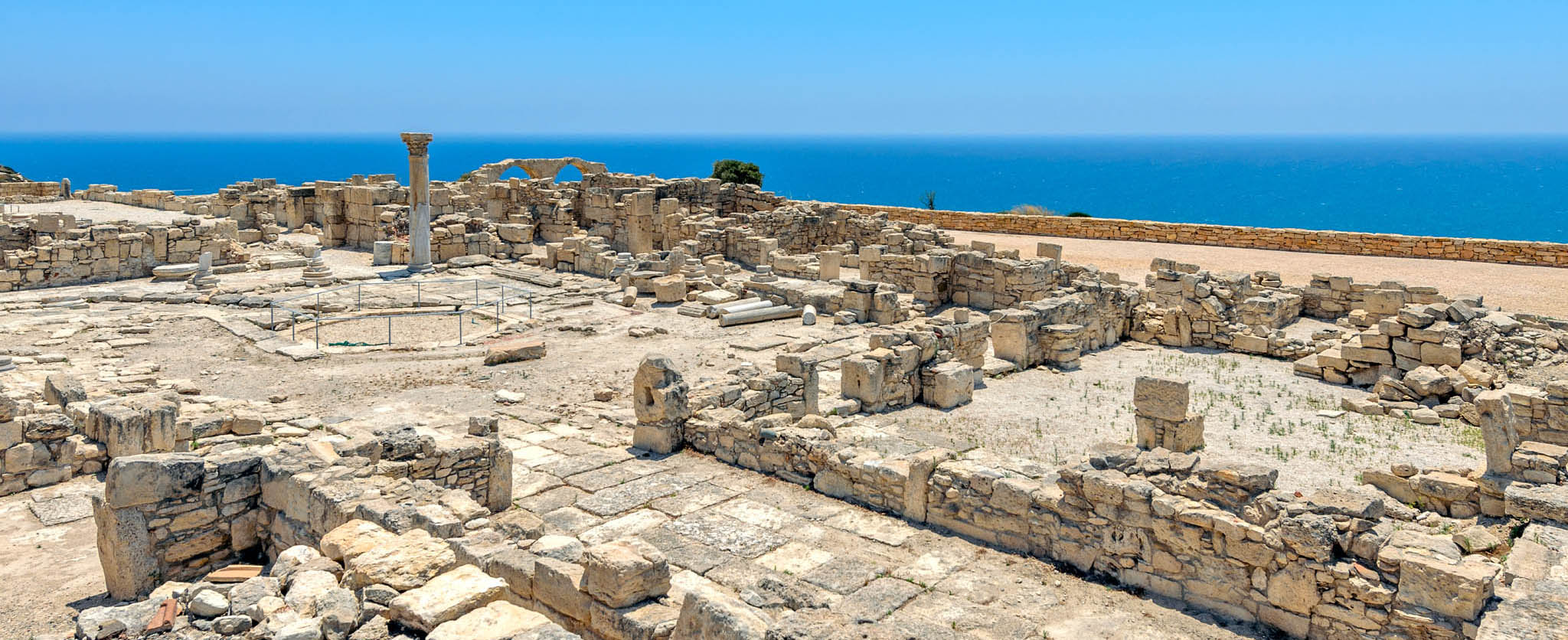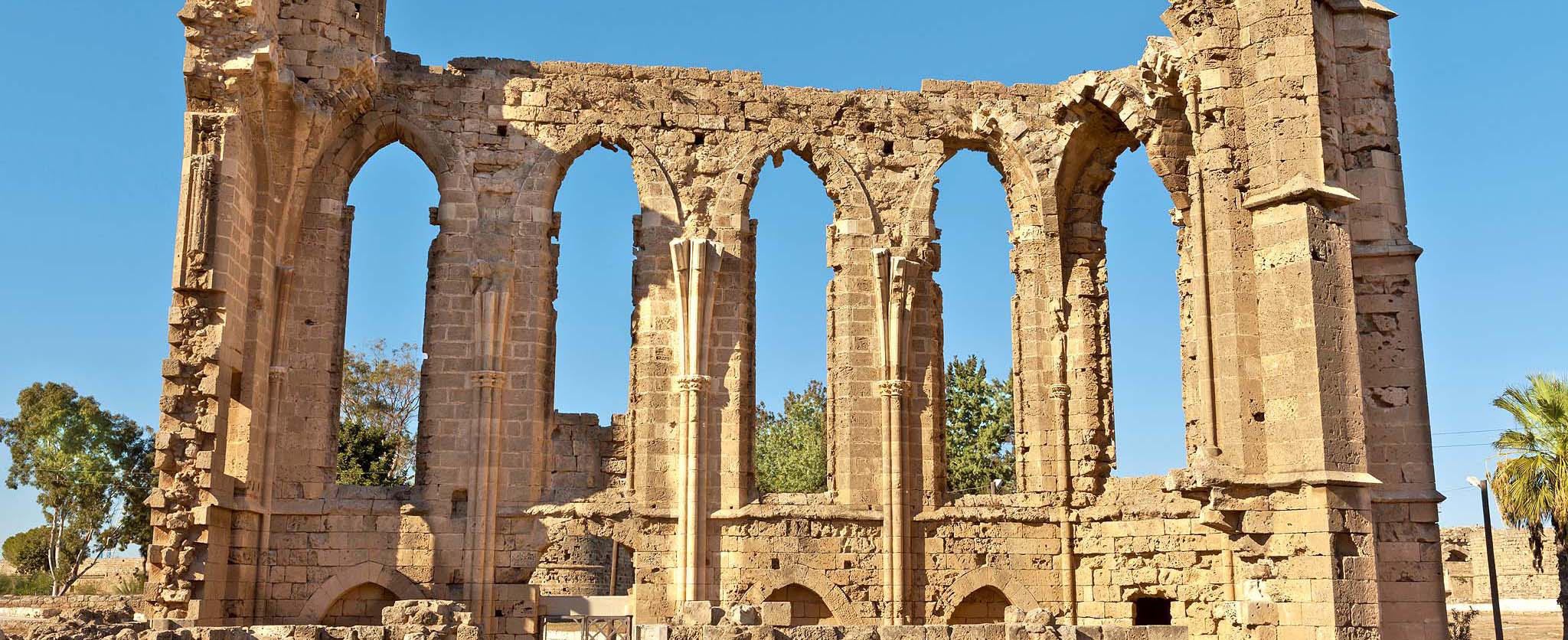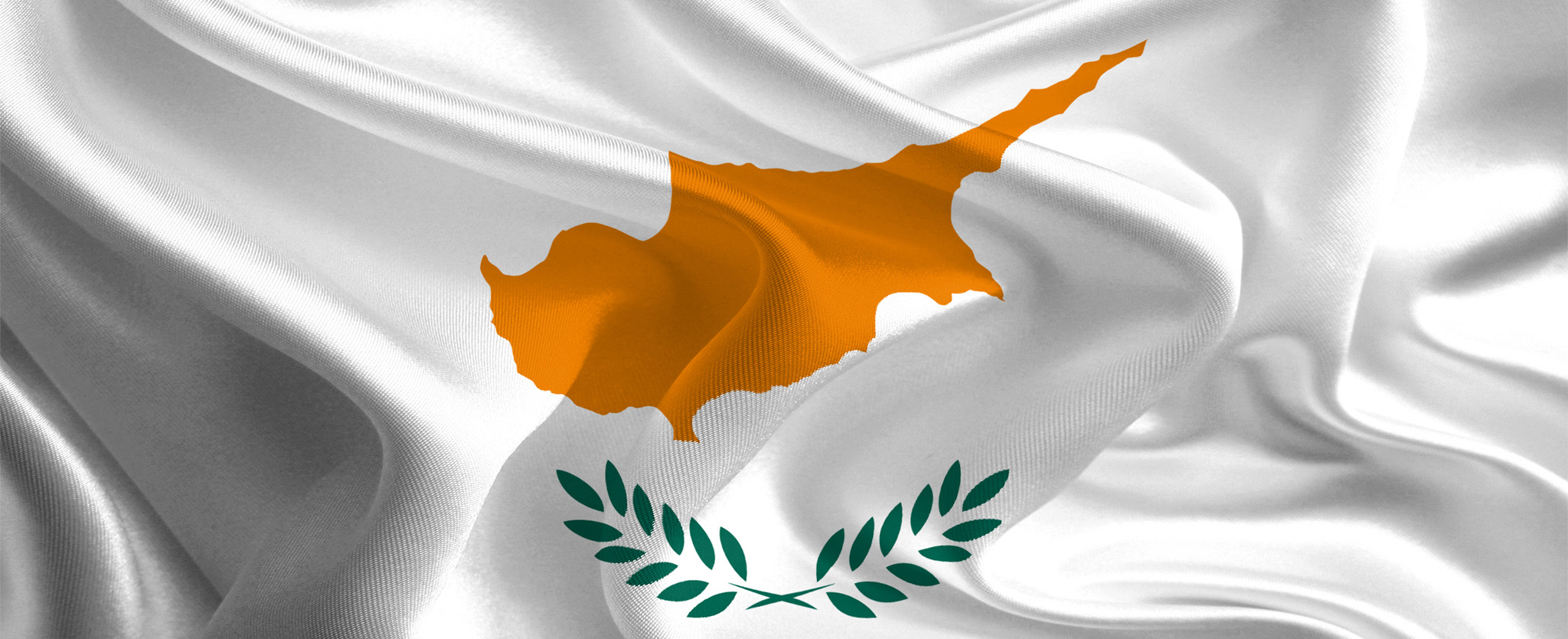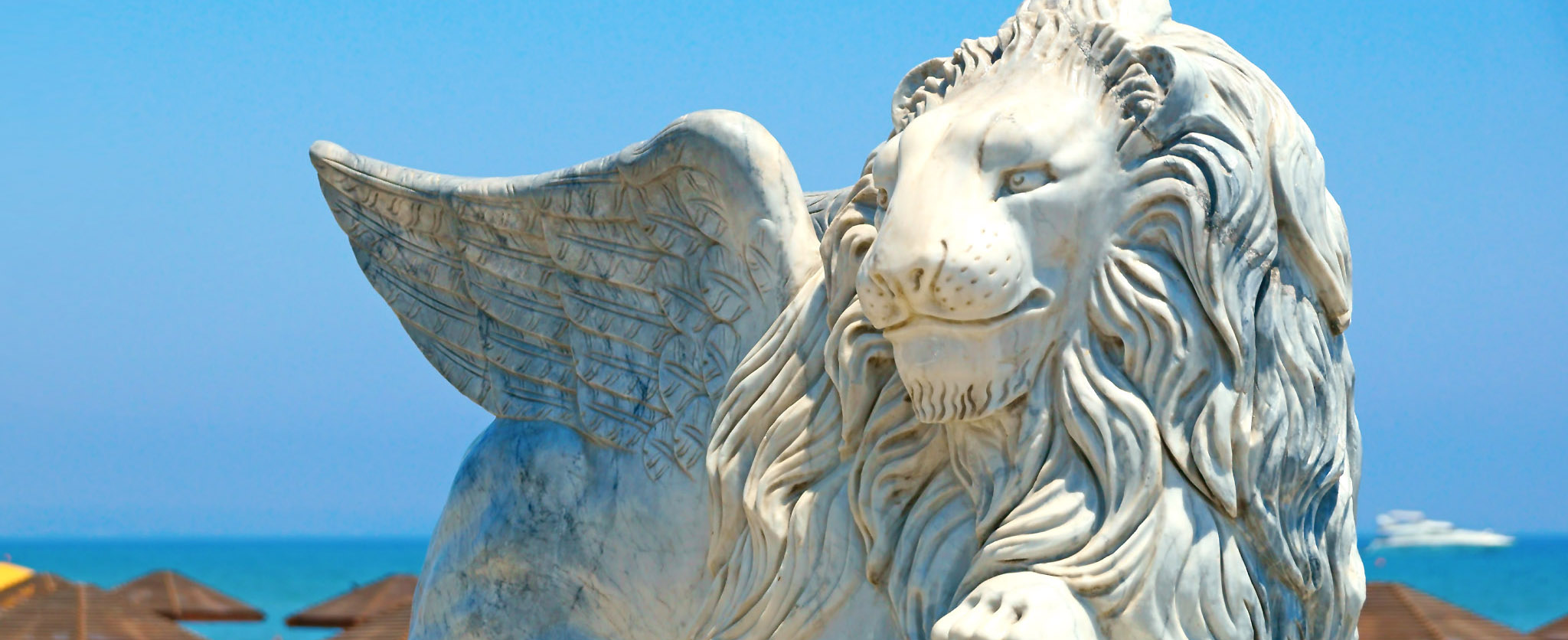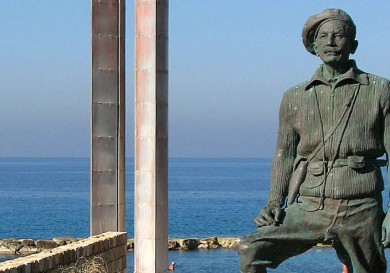Since July 2012, Cyprus should preside over the EU. This fact often causes rage on the part of Turkish politicians. A strong today and even more powerful before Turkey is still unable to “solve the problem” with small Cyprus. So far, Cyprus is divided into two parts, and the Cypriot authorities do not agree to recognize the occupied northern territory as an independent state. The illegal possession of these lands (rather small in size, especially in comparison with Turkey’s territory) interfere with the Turks entering the European Union. The situation is exacerbated by the start of exploration of one of the largest gas fields in recent years by Cyprus. Money, political ambitions and geopolitical interests – all mixed up in the “Gordian knot.” As for the conflict? Who was to blame, and was it possible to avoid the confrontation?
Cyprus was captured by the Turks and was included in the Ottoman Empire in the XVI century. For almost 300 years the Cypriot Christians resisted the attempts of active Islamization of the country. Over the years, Cyprus formed a large community of Turkish – Turkish Cypriots.
In 1878, the control of the island goes to the British. The new owners were also like little caring parents, and soon after the end of World War II, the Cypriots began to fight for independence. The British colonists were experienced, so they were able to use the “national question” in addressing the control of the conquered territories. This technique had been applied in Cyprus: the British managed to ignite strife between the Greek majority and Turkish minority. Yes, eventually England lost power over Cyprus, but managed to leave a “ticking bomb”: in the UN resolutions on the Cyprus issue “the basis of a compromise management of the island” was laid.
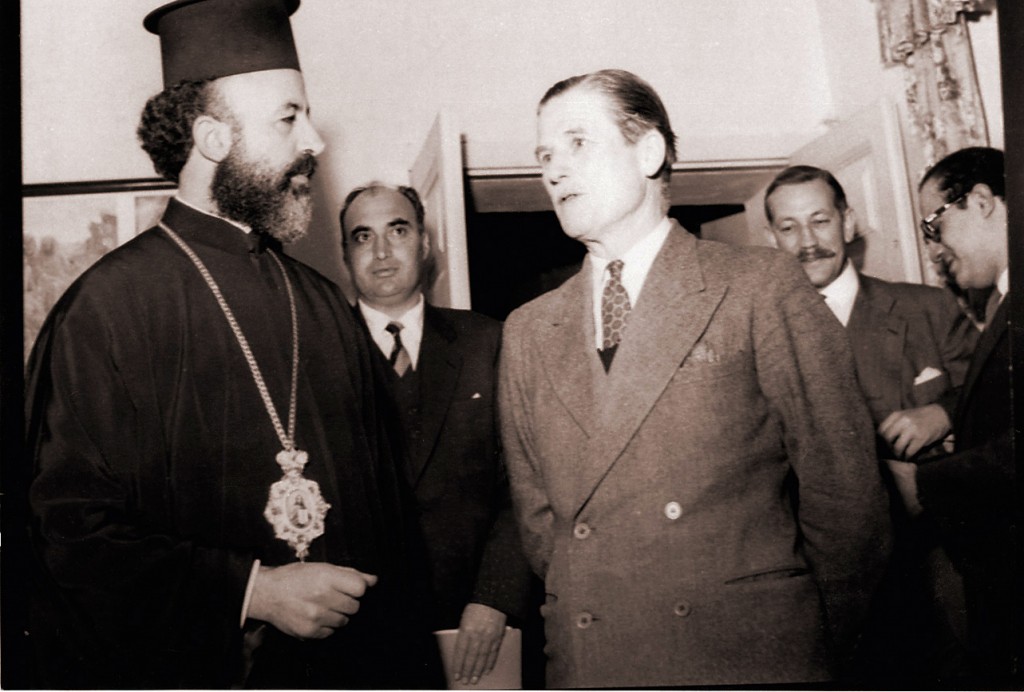 On 16th of August 1960 Cyprus officially became an independent state, but left the UK with currently 2% of the island, which still has two military bases here. Besides Britain, Greece and Turkey claimed the right for accommodation of military contingents. In accordance to the basic provisions of the Constitution of Cyprus, the Greek and Turkish communities of Cyprus opposed to each other: 35 seats in the parliament belonged to the Greeks, and 15 to the Turks. The government of Cyprus consisted of 7 ministerial portfolios received the Greeks and only 3 by the Turks. The president of Cyprus could only be Greek, and the vice-president Turkish. The formal “equality of rights” de facto meant infringement of the rights of the Turkish Cypriots, who were not resigned to this position.
On 16th of August 1960 Cyprus officially became an independent state, but left the UK with currently 2% of the island, which still has two military bases here. Besides Britain, Greece and Turkey claimed the right for accommodation of military contingents. In accordance to the basic provisions of the Constitution of Cyprus, the Greek and Turkish communities of Cyprus opposed to each other: 35 seats in the parliament belonged to the Greeks, and 15 to the Turks. The government of Cyprus consisted of 7 ministerial portfolios received the Greeks and only 3 by the Turks. The president of Cyprus could only be Greek, and the vice-president Turkish. The formal “equality of rights” de facto meant infringement of the rights of the Turkish Cypriots, who were not resigned to this position.
In turn, the Greek Cypriots, considered Cyprus as their homeland, therefore tried to reconsider this very “compromising basis.” They tried to revise the Constitution of the country, achieving a greater centralization of the state, creating a single municipality, the abolition of the veto of the president and vice president. However Turkey saw in this, infringement of the rights of the Turkish Cypriot community and the Turkish government rejected the offer of President Makarios III.
The Turkish Cypriot deputies and ministers refused to work in the government and pointedly left the parliament and municipalities. The political crisis began to escalate into armed clashes, after which troops of the three guarantor countries had been placed on the island: Turkey, Greece and the UK. The Government of Cyprus expressed its dissatisfaction about this and complained to the UN Security Council. In 1964, a conference was held on the Cyprus issue in London, during which the introduction of NATO troops in Cyprus was proposed. This idea met strong opposition from the Soviet Union.
As a result, the island’s government did not approve the proposal for the placing of NATO troops on the Cyprus contingent and set out to build its own National Guard, headed by the former head of EOKA (Εθνική Οργάνωσις Κυπρίων Αγωνιστών or Union of Fighters for the liberation of Cyprus), General Grivas. But the guard quickly came under the military control of Greece, which soon led to strained relations between Greece and Turkey, and President Makarios had to seek the assistance of the Soviet Union, Egypt and Syria.
A military confrontation was averted, but the crisis in the region persisted. Turkish Cypriots had begun to create their own government, and the island was actually divided into two parts.
During this difficult time Cyprus determinded its friends. During the crisis in the eastern Mediterranean several Soviet diesel submarines were there, including PBPL “Magomed Hajiyev.” Also, a detachment of the 150th brigade of the Black Sea Fleet as part of DBK “perspicacious” (commander – Captain 2nd Rank P. Ogorodnikov) and EM “noble” (Captain 3rd Rank Yu Grishanov), a detachment commanded by the Chief of Staff I. Zhuravlev (captain) were sent to the island. Along with a show of force, the detachment of the Soviet Navy had the task to search for foreign submarines and to determine their maneuver position in the eastern Mediterranean.
It was the first experience of cooperation between the USSR and Cyprus’ naval line. In mid-1964 the Soviet Union sold Cyprus the Project 123K torpedo boats. The first batch of four boats at full secrecy was brought to Cyprus in October 1964 through Egypt on board of the ship “Captain Bouchez.” The second batch of two TKA arrived in February 1965, and in April the first training firing torpedoes at a fixed target was held.
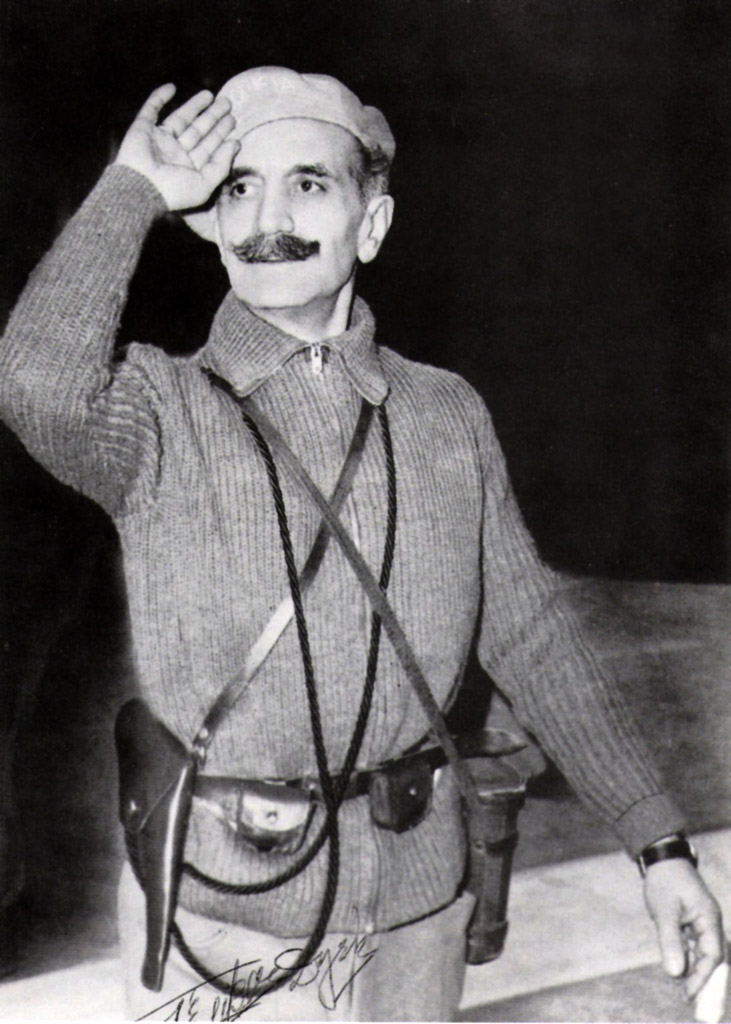 In 1967, the military junta came to power in Greece, which was based on the extreme Greek nationalists, and immediately headed to capture Cyprus. In November 1967, the forces of General Grivas attacked two Turkish villages on the island. In response, Turkey filed an ultimatum to Greece demanding to withdraw Greek troops from Cyprus, and the two countries were once again on the brink of war. Diplomatic efforts to soften the position took place in the beginning of 1968. General Grivas was recalled from Cyprus, and the Greek and Turkish contingents of troops on the island were reduced to the size stipulated by the agreement in 1959.
In 1967, the military junta came to power in Greece, which was based on the extreme Greek nationalists, and immediately headed to capture Cyprus. In November 1967, the forces of General Grivas attacked two Turkish villages on the island. In response, Turkey filed an ultimatum to Greece demanding to withdraw Greek troops from Cyprus, and the two countries were once again on the brink of war. Diplomatic efforts to soften the position took place in the beginning of 1968. General Grivas was recalled from Cyprus, and the Greek and Turkish contingents of troops on the island were reduced to the size stipulated by the agreement in 1959.
The political situation in the country was such that the risk of de facto division of the island escalated. In February 1968, the Greek Cypriots had a new presidential election in which the head of state Makarios III collected 96% of votes. In turn, the Turkish Cypriots formed an official “Temporary Turkish Administration,” declaring that they do not recognize all the accepted laws of Cyprus, since 1963. At the same time there were active intercommunal talks, the parties agreed on such measures as the future return of the Turkish representatives of the state bodies in accordance with the population, the abolition of the right of veto, etc. In many fundamental issues, though, disagreement remained: the Greek-Cypriot side insisted on a single state, the Turkish community wanted a federation.
The loomed cautious progress in the negotiations was thwarted by the actions of the Greek military junta and its supporters in Cyprus, who formed a secret organization EOKA-2 led by the illegally returned to Cyprus General Grivas. The communist regimes in Athens were suspicious of dealings with Moscow and Archbishop Makarios, and they did not like it that he received the support of the Cypriot communist party, which had 40 thousand members. The junta called the president a “red” and feared that he would give the Cypriot ports for deployment of the Soviet Navy.
By early summer 1968 a campaign against the President had been strengthened, and the Cypriot bishops declared Makarios III biased; the post of Archbishop of Cyprus and the Greek military government demanded the change of the government. However, Makarios continued to pursue his former independent course and answered with the repression of the acts of extreme nationalists. After the government of Cyprus had demanded from Greece to withdraw from the island the 650 Greek officers appointed before in the Cyprus National Guard (CNG), members of EOKA-2 and 950 Greek troops revolted against the legitimate President of Cyprus Makarios III, who managed to flee the country through the military base of the United Kingdom.
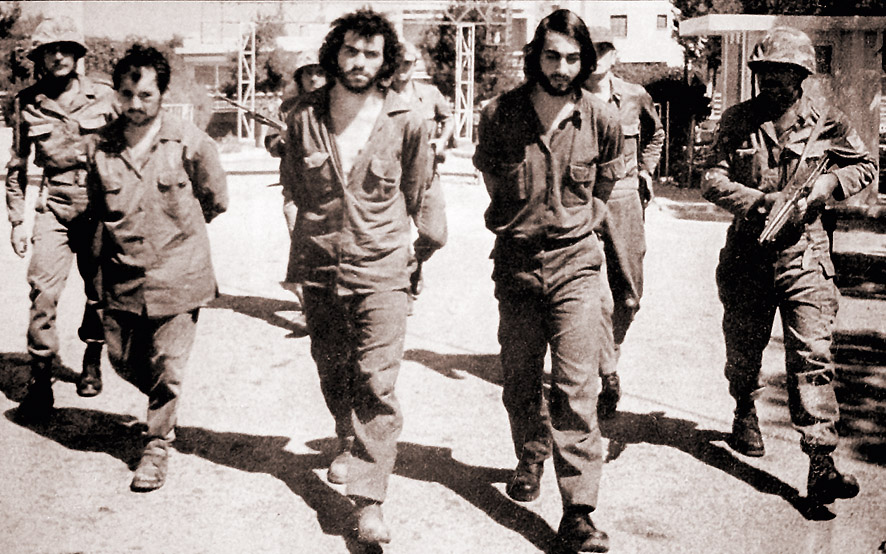 The rebels captured the airport of Cyprus, the station, the presidential palace and a number of other government agencies in Nicosia. Bloody battles began with the security forces loyal to the government, police and volunteer units. The power was usurped by the far-right politician Nicos Sampson. The main forces of the conspirators was the national guard of 11 thousand men who were commanded by the Greek officers. In addition, the Greek Regiment (950 people), as well as the underground terrorist group organization EOKA-2 were stationed on the island. The Turkish government demanded that Greece did not support the rebels and withdrew all the Greek military contingent from the island and respect the independence and sovereignty of Cyprus. The answer by Greece followed. The Civil War.
The rebels captured the airport of Cyprus, the station, the presidential palace and a number of other government agencies in Nicosia. Bloody battles began with the security forces loyal to the government, police and volunteer units. The power was usurped by the far-right politician Nicos Sampson. The main forces of the conspirators was the national guard of 11 thousand men who were commanded by the Greek officers. In addition, the Greek Regiment (950 people), as well as the underground terrorist group organization EOKA-2 were stationed on the island. The Turkish government demanded that Greece did not support the rebels and withdrew all the Greek military contingent from the island and respect the independence and sovereignty of Cyprus. The answer by Greece followed. The Civil War.
The mutiny in Cyprus affected the interests of the Soviet Union. The Soviet embassy in Nicosia was the biggest in this part of the Mediterranean, the number of its staff had been substantially higher than in any of the Soviet embassies in Cairo, Tehran and Beirut. A sophisticated communications center linked the Soviet Embassy to Moscow and the Soviet Mediterranean fleet, and the two Soviet intelligence courts that controlled radio talks from the Israeli coast. And in the case of consolidation, the in power anti-communist Nikos Sampson would have to reduce the number of embassies and close many areas of its activity.
The firth squadron of the Soviet Navy almost immediately was drawn into the course of events. On 15th July on the command ship – the cruiser “Zhdanov”, came an urgent telegram from the Chief of Intelligence of the Black Sea Fleet with the message of a military coup in Cyprus. With reference to the news agencies, he said that the National Guards killed President Makarios III.
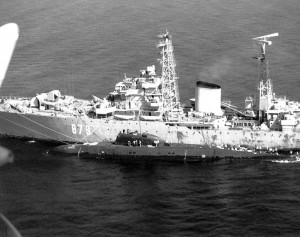 Then, a sprinkle of cipher telegrams came from the Intelligence of the Navy with the details of the events on the island. The commander was on leave, and the Soviet squadron was commanded at that time by the Chief of Staff Alexander Ushakov.
Then, a sprinkle of cipher telegrams came from the Intelligence of the Navy with the details of the events on the island. The commander was on leave, and the Soviet squadron was commanded at that time by the Chief of Staff Alexander Ushakov.
An urgent disposal of the Chief of the General Staff of the Navy was received, according to which the missile cruiser “Grozny” and anti-submarine ship “Red Caucasus” had to urgently take the line of patrol west of the island of Cyprus; the destroyer “Flame” – to stand in the vicinity of the island to the south; the minesweeper “Rear Admiral Pershin” – to take a position in the north of the island; the BOD “Admiral Nakhimov” and “Admiral Makarov” – to go to the eastern part of the island, and the RER “Abakan” – to come to Cyprus from the area of Piraeus to intercept radio transmissions.
By the end of the day the situation in Cyprus remained difficult, but according to reports from London, President Makarios survived and turned on the radio to the nation, with a statement to support the legitimate government of the country. At 22:30 in the same day, the cruiser “Zhdanov” assembled staff officers and the political department. They were informed in detail about the events taking place in Cyprus. The operational group started to prepare the combat orders, and at 24:00 the anchor for combat missions weighed in the ships. Cipher telegrams were sent to “Leningrad”, “Desna” and “Krasnovodss” tankers.




